Since ancient times, jade has occupied an irreplaceable position in the long history of China's historical development, and the jade style characteristics of each period are also different. Today, let's look at the jade of different eras with those characteristics! Neolithic jade Such jade articles are mainly simple rituals, symbolic weapons, tools and decorations. Mostly in the form of a sheet, the shape is simple, the thickness is not uniform, the shape is not very regular, and the plain is mostly. Some have more sinuous lines. Animal shapes or textures are more focused on the head, especially for eye-catching performance. Because the original jade tools are relatively backward, they often leave obvious defects in the table; on the hole wall of the perforated jade, the deeper the hole diameter is caused by the continuous wear of the tool. Xia and Shang Dynasty jade Such jade articles are mainly symbolic weapons, tools and a few simple decorations. The craftsmanship is rough. Some objects have jagged edges on both sides, and create a two-line sketch on the engraving. Shang Dynasty jade During this period, the number of jade articles was numerous and varied, mainly including rituals, caduceus, tools, utensils, decorations, and simple works of art. The emergence of a large number of characters and animal-shaped jade articles is an important feature of this period. Most of the flaky jade carvings are arc-shaped, and a certain number of three-dimensional sculptures with different shapes appear. Common patterns in the late Shang Dynasty include heavy ring, diamond, concentric chord, animal face and so on. The two-line outline method is common, and one side or both sides of the object are extremely common. Rotating scars are also common in the holes of perforated jade. The Yinxian line is strong and powerful, and it is known as the “folded iron lineâ€. If you look closely, you will find that there are many burrs on the negative line, which are slightly rough, which are caused by the unfavorable tools. Western Zhou jade The Western Zhou jade is mainly ceremonial and decorative. In terms of styling and ornamentation, it is basically a continuation of the late Shang Dynasty. Spring and Autumn Warring States Jade The jade articles of the Spring and Autumn and Warring States mainly include rituals, decorative works of art, and some practical and funeral supplies. The decorations, especially the jade ornaments, are extremely developed. The main ornamentation is wind bird pattern, moiré, grain pattern, etc. Generally, there is no body pattern, full and harmonious, leaving no space. Along with the improvement of the tools, the jade lines in this period are vigorous, the drilling is smooth, and the carving technique is extremely common. The jade is excellent and the workmanship is exquisite. Han Dynasty jade The jade in the Han Dynasty is a glorious era of ancient Chinese jade. During this period, there were many kinds of jade, and there were many kinds of jade, mainly including rituals, furnishings, decorative artworks and burial jade. Common patterns include moiré, bird, dragon, scorpion, grain, and striate. Han Yu often uses the "jumping knife" to sculpt a fine line like a hairspring, if it is broken, it is strong and powerful. The composition of the lines is accurate and is often used in jade walls, jade people, accessories, and sword ornaments. It is an important basis for identifying Chinese jade. In addition, there is also a succinct and succinct style, which outlines the "Han Ba ​​Knife" of the Shen Yun, which is a carving technique with great characteristics of the Han Dynasty. Tang Dynasty jade The jade articles of the Tang Dynasty are quite different from the jade articles of the previous generation. The appearance of a large number of realistic flowers, birds, insects, fish shapes and patterns is a distinctive feature. Commonly, there are branches, flowers, sunflowers, clouds, figures, birds and beasts. Completion is quite fine, full of life and vitality. In the carving, a kind of convex-like concave expression method is often used to obtain a quite successful three-dimensional effect. Song, Liao, Jin, Yuan jade The Song, Liao, Jin, and Yuan jade pieces further pushed the jade articles of the Tang Dynasty deeper, and a large number of realistic flowers, insects, tiger deer forests, and dragons and phoenixes appeared in a pattern, which achieved a high attainment in both form and spirit. The eagle carving technique was extremely popular during this period, and some antique jade pieces were formed. Most of the jade carvings in this period were refined from real life and reached a high degree of unity between life and art. Ming Dynasty jade In the Ming Dynasty, the jade material was excellent, and the shape of the shape was square, and the carving was meticulous and the lines were smooth. There are new patterns in the harmony of beauty, Kyrgyzstan and Rui, and the composition is sloppy and eclectic. Many jade patterns are also influenced by literati paintings and calligraphy. The pursuit of elegant tastes often engraves celebrities. The jade articles in the north are generally rough, and the secondary parts are not very refined. The southern Suzhou-Hangzhou area pursues exquisite craftsmanship and exquisite craftsmanship. Qing Dynasty jade The jade carvings of the Qing Dynasty were unprecedentedly prosperous, and the variety and quantity of jade articles were numerous. The shape is extremely regular, and the carvings of squares, circles, arcs and folds are meticulous. The base is flat and the lines are straight. Sharp as sharp, round like a full moon, sharp edges and corners. The table is polished and delicate, mostly oily or waxy. Velvet Knitted Fabric,Light Red Velvet Fabric,Dark Green Fabric,100T Polar Fleece Shaoxing Weihui International Trade Co.,Ltd. , https://www.weihui-fabrics.com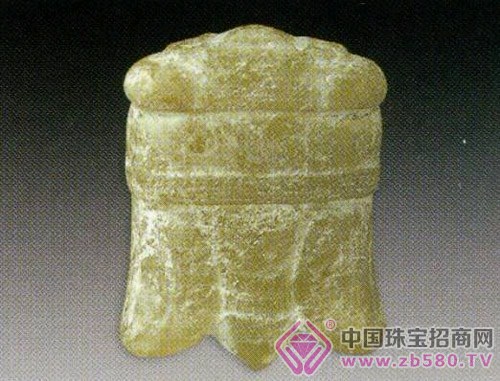
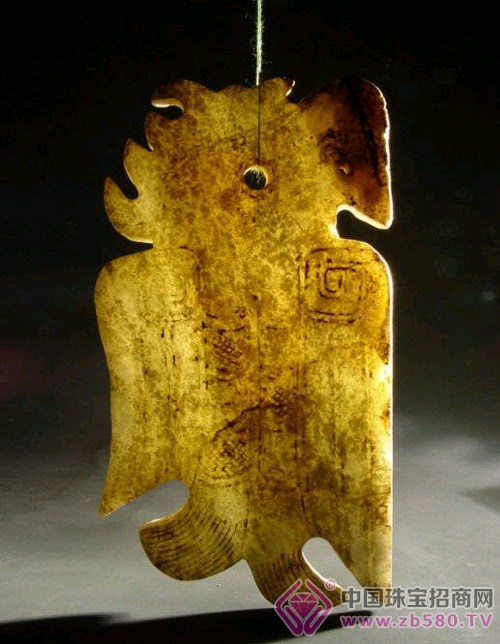
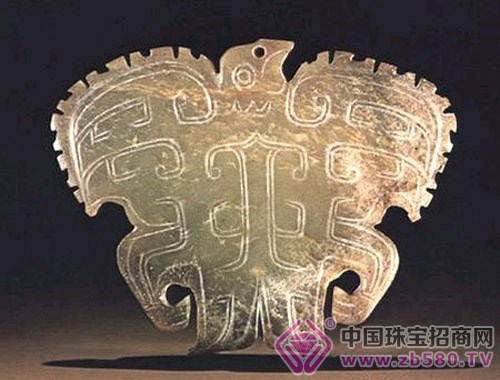
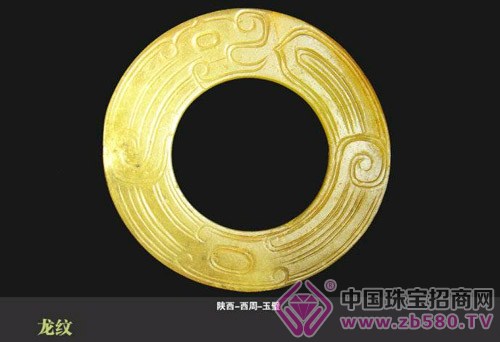
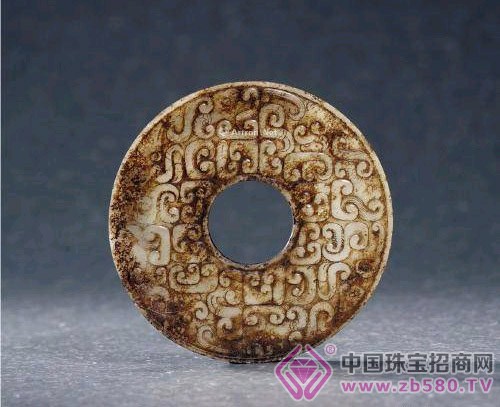
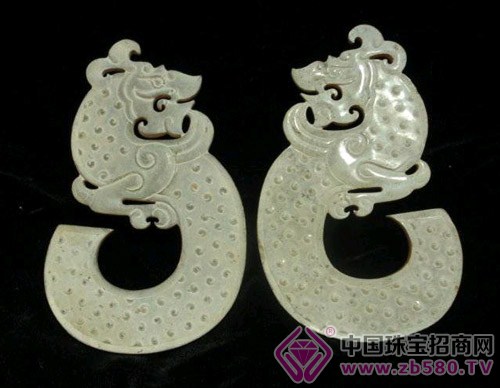
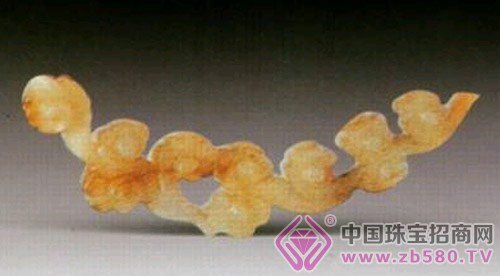
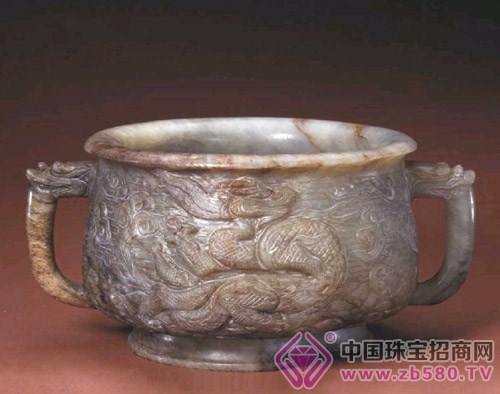
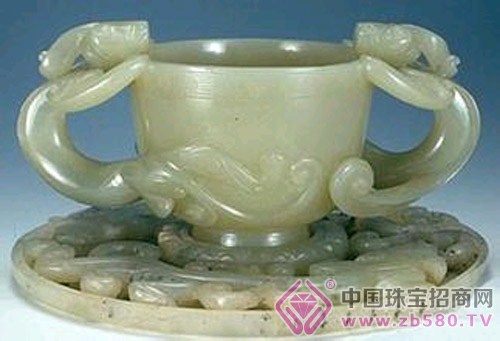
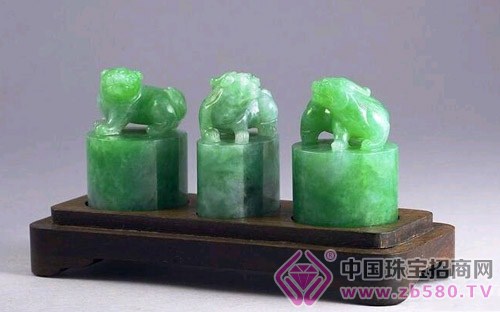
November 02, 2022